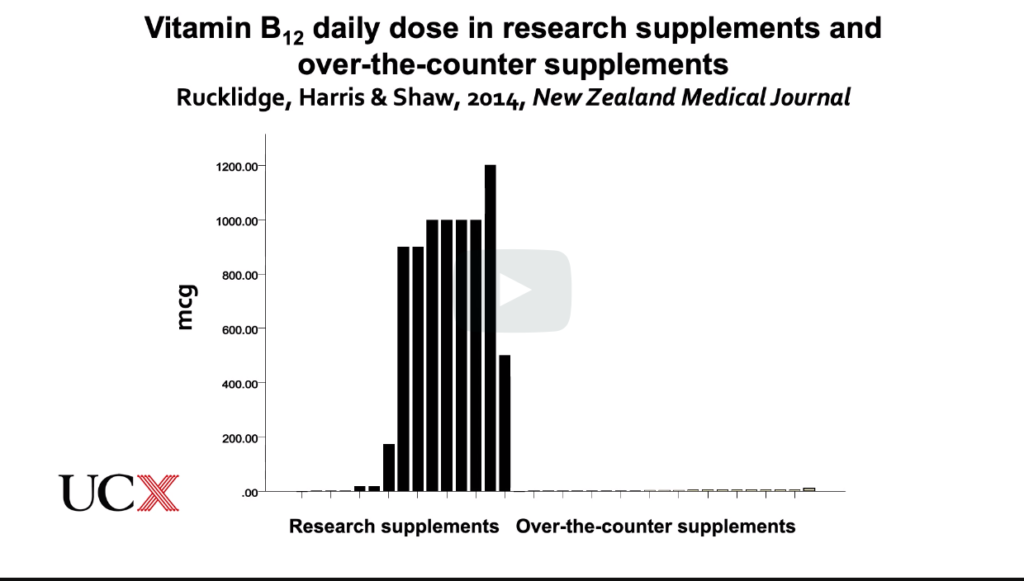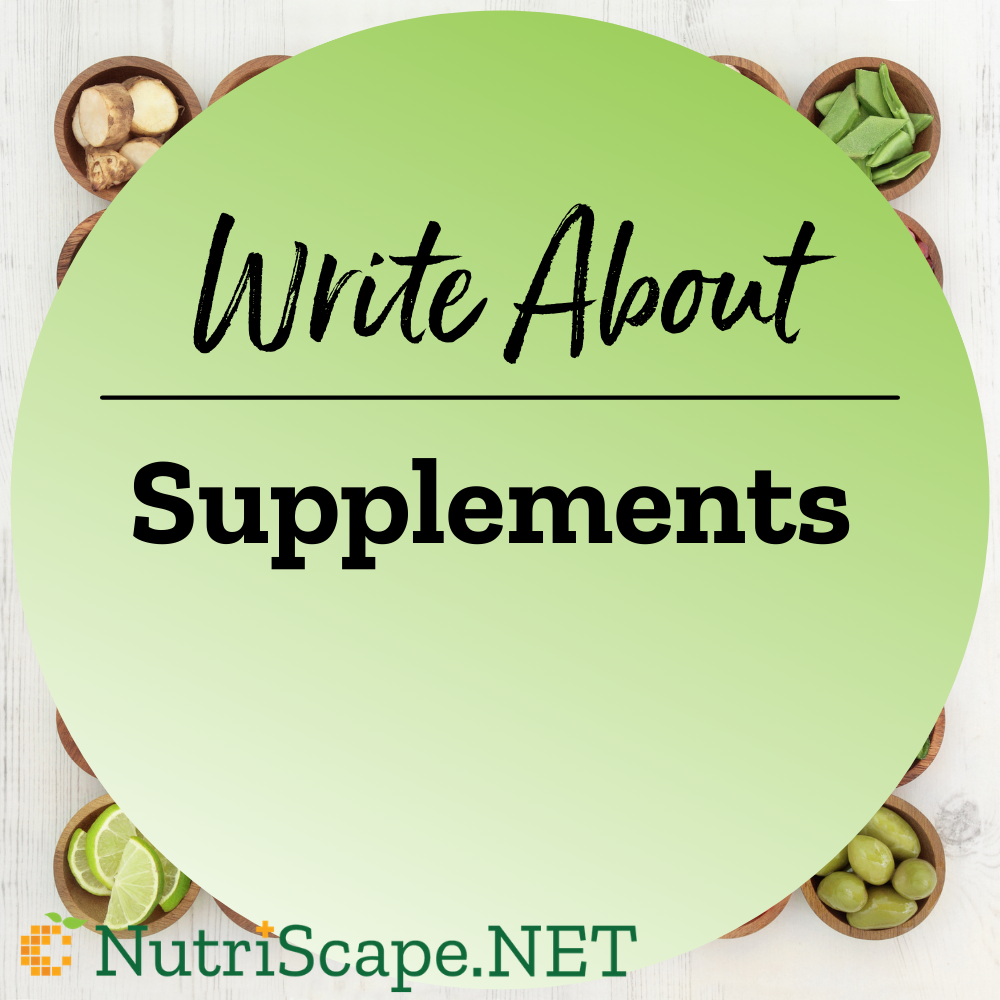We came across this topic some time back and thought it would be good inspiration for a NutriScape.NET article written from the dietitian’s point of view. Here are some quick snippets you can follow.
Daily recommended doses of different nutrients, introduced to you in Module 2, are known as Recommended Dietary Allowances (RDAs) (also now known as Dietary Reference Intake (DRIs) or Dietary Values (DVs) or even Reference Daily Intakes (RDIs)). They were developed in the early 1940s to provide guidelines around adequate nutrient intake of the armed forces involved in the Second World War. These RDAs are still common today (although different terms are used so it can be confusing), but it is important to remember that they were created to ensure 97.5% of a healthy population will consume an adequate of a nutrient on a daily basis to support the body. However, RDAs do not identify the dose that the brain actually needs for optimal functioning. Also note the emphasis on “healthy population”, but what doses should be used for those who have a physical or mental problem? Do the same doses still apply?
That’s because one nutrient on its own, with a few rare exceptions, can’t alleviate the sufferingassociated with a complex psychiatric disorder. It shouldn’t be a surprise that no single nutrientcan successfully treat the complexity associated with brain and mental disorders. In Module two, we looked at all the amazing things nutrients do in combination. Nutrients work togethersynergistically; there is no single multi-tasking ingredient to help people feel better. The magicis in the breadth of ingredients. You might wonder then, just how broad a formula should be?There are approximately 15 minerals that plants take in from the soil,and roughly 15 vitamins that they manufacture. So 30 is a good basic number to take in combination.

with other nutrients. So to avoid problems, it’s best to consume the nutrients together.
On balance this makes sense, because taking single ingredients can sometimes be harmful. For example, taking folate without vitamin B12 can contribute to masking a B12 deficiency. Or taking zinc without copper can affect copper metabolism. At the University of Canterbury, one of our student projects looked at the levels of vitamin doses in supermarket-bought, children’s supplements.

This study showed that over-the-counter doses were probably far too low to have any effecton mental health symptoms. This graph shows the dramatic difference in the doses of B12in supplements. Each bar is a different product. On the left are the levels scientists use
in their studies. These higher levels have a proven therapeutic effect on children’s mental health. On the right are the RDA level supplements sold in the supermarket for kids, like gummy bears. You can barely see the levels as they are so small. And similar results were found for most of the B vitamins. In a nutshell, breadth and dose from a typical one-a-day multivitamin bought in the supermarket, probably won’t give you the resilience that your brain needs. So what does this mean about dosing in the research studies I’m going to tell you about? In many of them people need to take more than a one-a-day pill. In fact, in the studies conducted at the University of Canterbury, we use up to 12 pills a day, or 4 pills three times a day. It might sound like a lot, but think about a calcium pill; it’s large and bulky and that’s just one micronutrient. So 12 a day means that the full breadth of nutrients is covered at doses that have beendetermined to have the most benefit for improving symptoms associated with mental health problems.
To explore further the concepts of RDAs, ULs and nutrient toxicity, have a look at the following reading. As you read, think about whether micronutrient deficiency is a health concern where you live, and whether one of the interventions explored in the paper could be something your country/community could benefit from.
- Bruins, M. J., Mugambi, G., Verkaik-Kloosterman, J., Hoekstra, J., Kraemer, K., Osendarp, S., Melse-Boonstra, A., Gallagher, A. M., & Verhagen, H. (2015). “Addressing the risk of inadequate and excessive micronutrient intakes: traditional versus new approaches to setting adequate and safe micronutrient levels in foods”. Food & nutrition research, 59, 26020.
If you want to know more about the study we did in my lab on over-the-counter supplements, you can read about it here. Consider what might affect your choices of what supplements to purchase for health. Is it based on dose? Breadth? Or something else?
- Rucklidge, J. J., Harris, A., & Shaw, I. (2014). “Are the amounts of vitamins in commercially available dietary supplement formulations relevant for the management of psychiatric disorders in children?” New Zealand Medical Journal, 127(1392), 73-85.
Planning And Writing Your Article- With 1 Free CEU!
Although all dietitians are well-versed in academic writing, it can be a challenge to organize our vast knowledge in a way that hits the right chord for readers on the web. Before you sit down to write your epic article, save yourself some time by investing an hour in learning the basics of a solid writing process that can help you create your very best work.
We’ve scoured the internet for the best practices on writing and distilled the information to meet the needs of NutriScape writers. In our 1-hour CEU presentation, “Copywriting Skills for the Internet”, we discuss a structured process for each phase of writing and cover critical SEO principles that are key to getting articles found on Google.
This writer’s guide is a resource that will be sure to help as you organize your thoughts:

 Scan Me!
Scan Me!
